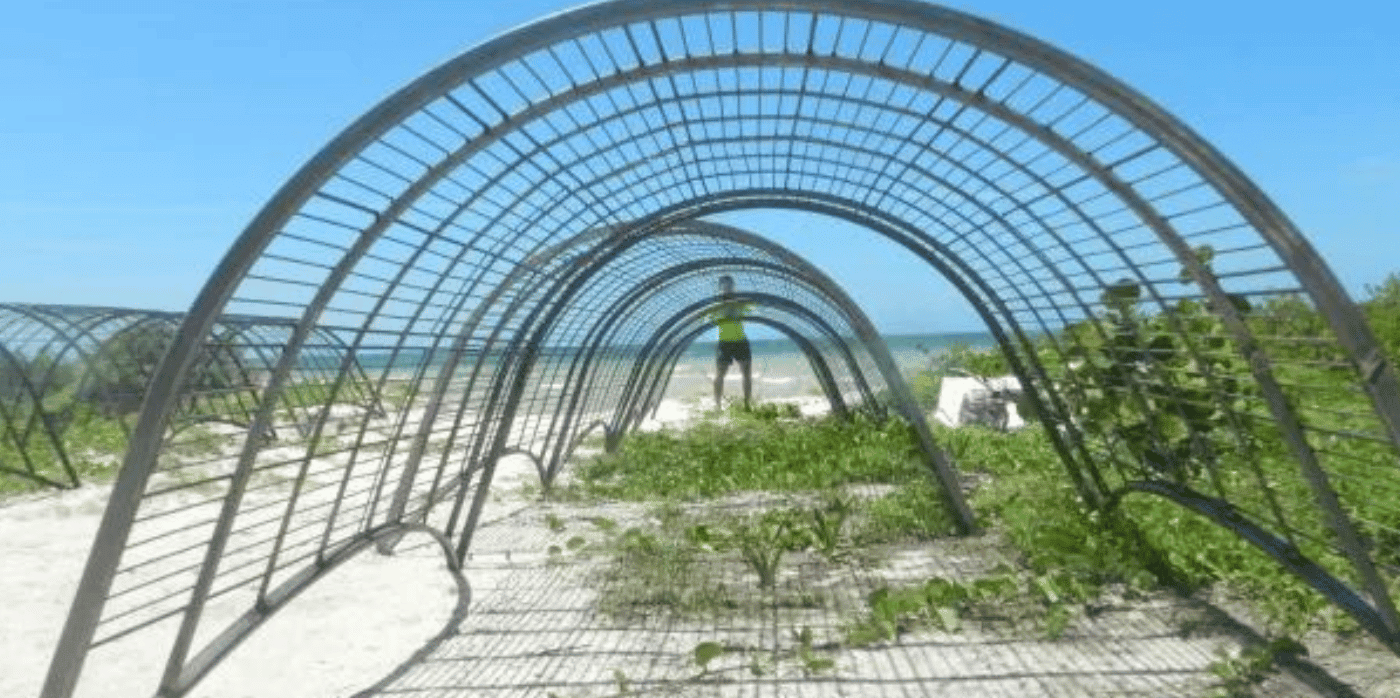
Spotted: Rising demand for leisure trips is fuelling a rapid growth in global coastal and maritime tourism, with a market size worth more than $2.9 trillion (around €2.7 trillion). Many of these coastal destinations rely on reefs to protect wildlife, beaches, and communities from erosion and severe climate events. But the world’s reefs are in danger – around 14 per cent of the world’s coral was lost between 2009 and 2020.
CCell is working to heal damaged reefs, with artificial reefs powered by renewable energy that allow corals, bivalves, and other organisms to thrive. The company’s reefs use a steel frame and calcareous rock is grown around this, acting as a substrate for plants and coral to attach. Units are constructed in sections and transported to reefs that need repair.
Once in place, a safe low-voltage current is passed between a small metal anode and the steel structure. At the anode, oxygen is produced, nourishing marine life. On the main steel structure, which acts as the cathode, the pH rises and prompts the precipitation of dissolved minerals in seawater. The result is a calcareous rock, mainly Aragonite and Brucite, that fills in missing reef sections. The electrolysis is powered using energy from the waves.
CCell’s innovation relies on a digital management system – CCell Sense – allowing power output to be optimised and renewable energy to be distributed carefully across a structure.
Research and development of CCell’s concept was funded using £2 million (around €2.3 million) in government, non-equity funding last year. In 2022, the company also launched various pilot projects to prove the viability of its solution, including in Yucatan, Mexico.
Saving the world’s coral reefs is the subject of a wide range of recent innovations, from using natural antioxidants to stop coral bleaching to 3D-printed reefs made from cremated remains.
Written By: Lisa Magloff

